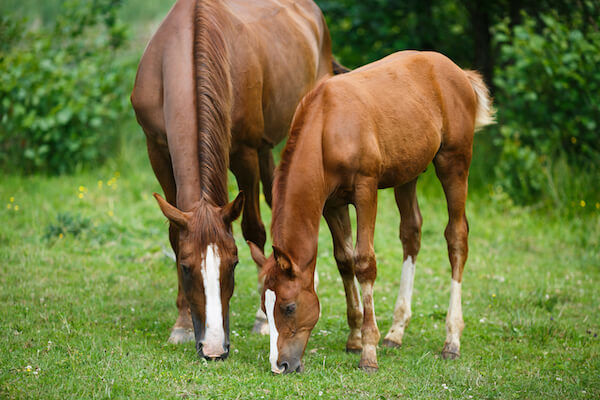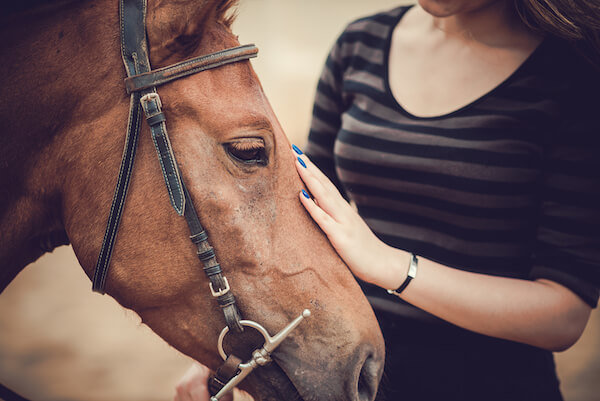Using shims with your saddle pad and saddle is a good way to ensure that your horse is comfortable and in the best position for your riding needs. This is especially true if you ride a dressage horse and want to be able to maintain proper posture.
There are several types of shims that you can use to help achieve this. Some shims can be purchased to help with specific issues, such as the adjustment of the girth straps or the bridging of the saddle.
Adjustable shim pads
Adding adjustable shim pads to a saddle pad can help correct saddle fit issues. Using shims allows you to adjust the balance of your saddle and add height. Depending on the needs of your horse, you can use shims in several different ways.
Unlike traditional shims, this product is made from shock-absorbing foam. It is contoured to fit the shape of your horse. It is also adjustable, so it can be shifted forward to provide less correction.
It can be used to address sway back, a condition that occurs in older horses. Click the link: https://en.wikipedia.org/wiki/Swayback for more information about sway back.
Before you buy a shim, you should test it on your horse. This is best done during a warm-up. It is easy to do. Simply slide your hand under the saddle to see if it is making contact. If it is not, you will need to change it.
Bridging shims
Using bridging shims to fix a saddle can improve the overall fit of the saddle and your horse. Using a saddle pad with shims can help you maintain balance while riding. Also, bridging shims can be used to lift the topline of a swayback horse, giving the horse time to develop muscle.
These shims can be used with a bridging pad or with a saddle with a slight bridge. Usually, a bridging saddle is built with two staggered shims that contact the horse’s back at points where both shims are together. These shims are only visible on the outside of the pad, so they cannot be seen inside.
The shims are designed to fit between the saddle pad and the saddle. This allows the horse to develop muscles while keeping the saddle in place. Some advocates recommend that the width of the gullets be no more than nine inches.
Cantle points are meant to be perpendicular to the ground
Having a saddle that fits your horse is a major part of the equation. Having a fit that is a bit sloppy can lead to more than just uncomfortable riding. It can also cause your horse to lose balance.
The most obvious way to ensure your riding seat is fit for purpose is to check the measurements of your horse. The measurement should be taken at the cantle area. This is a good place to start since the cantle is a major structural component of the riding seat.
The riding seat is usually measured from the button to the center of the cantle. This is not necessarily a true measurement, but it does give you an idea of the size of the seat. Generally, it should be large enough to allow one to two fingers of clearance between the cantle and the bum. This will shrink as the riding seat breaks in.
While the seat is not the only thing you need to check, it is the most important. You should be able to sit in the center of the seat and feel balanced. If your seat is too wide, you will be tipped forward. You should also feel at home in the deepest part of the seat.
Another obvious requirement is that the seat be level. You should also have a clear view of your horse’s back. This is achieved by checking the gullet, which should be wide enough to allow your view to extend all the way down your horse’s spine.
The riding seat should also have the most efficient riding seat tree, which is a major component of the proper fit. The girth points should hang perpendicular to the ground when they are in the girth groove.
Avoid improperly applied shims
Adding a shim to your riding seat pad is an easy way to make your horse more comfortable. These foam padding can be found in a variety of styles, and are usually attached to the pad with Velcro.
It is important to make sure you are riding with the correct posture in order to ensure the correct riding seat placement for your horse. Click here to read more about proper posture.
The best way to determine which shim is for you is to try different pads on your horse. Some are designed to be contoured to fit your horse’s back. This will ensure a snug and secure fit. Others are more of a traditional shape. The best shims are those that blend into the horse’s back.
A shim is also a good way to avoid riding seat digging. The right shim can help you achieve a level seat and prevent your horse from jumping around too much.
A shim is also able to lift the entire riding seat assembly, which can be a boon if your horse has a back that is not straight. A riding seat with a rock in the center isn’t going to accommodate any extra support. A thicker shim is also a good idea. The thicker the shim, the more comfortable your horse will be.
A shim can even be placed behind the back swing scapula point to create a better balance between the horse and the riding seat. Another trick is to use an adjustable pad, which is sold with a set of four shims. You can then adjust the shims to suit your horse’s needs.
A shim can also be a useful way to test a new setup before committing to buying it. This is especially true if your horse has a back that doesn’t fit your current setup.
Related Reading


